- Home
- Our purpose
- Increased biodiversity
- Somerset Levels and Moors wetland
Somerset Levels and Moors wetland
Our £5 million investment just north of the village of Shapwick will use natural methods to help protect one of England’s most important wildlife landscapes from the impact of nutrients.
What are we doing?
Together with our sister engineering and construction company, YTL Construction, we’re planning to create new wetland habitats as an Integrated Constructed Wetland within the Somerset Levels and Moors, an internationally protected site renowned for its wetlands, birds and wildlife.
Sited on more than 25 hectares of land owned by ourselves – and adjacent to the Hawk and Owl Trust’s existing nature reserve just north of Shapwick, between Bridgwater and Glastonbury – the two-part site would see the creation of an Integrated Constructed Wetland and a new grassland site.
The ambition is for this land to become a haven for wildlife under the stewardship of the Hawk and Owl Trust within the Somerset Wetlands National Nature Reserve.
The proposals have been submitted to Somerset Council for scrutiny and, if successful, the six-month construction project would get under way in the summer of 2026.
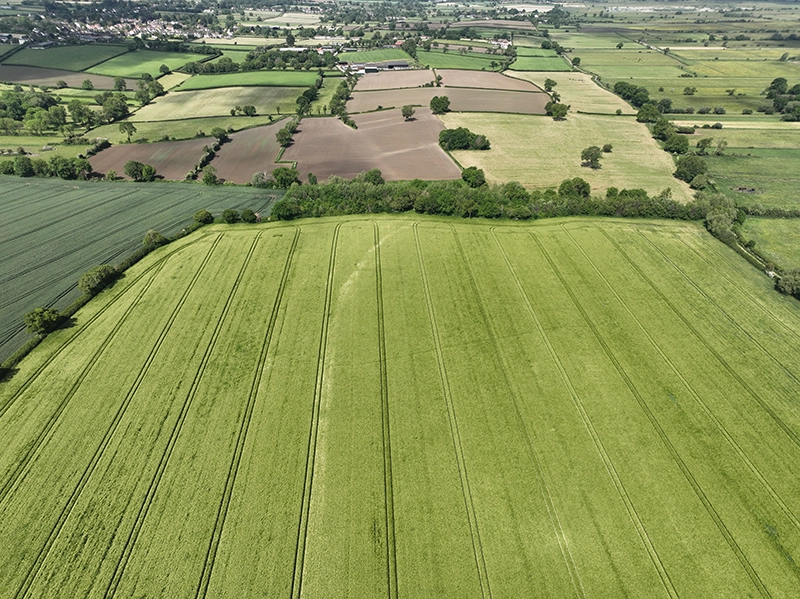
A different approach
Unlike many of our other nature-based projects, this investment is not adjacent to one of our water recycling or treatment sites.
The Integrated Constructed Wetland will aim to reduce the concentration and impact of nutrients in agricultural run-off, the flow of which would travel through the wetland system, using natural physical and biological processes to treat and improve the water quality.
Nutrients – which can come from agricultural fertilisers, farm slurries, septic tank discharges and domestic wastewater – can cause large growths of algae and floating plants, such as duckweed, in slow-moving watercourses like within the Somerset Levels and Moors.
These can damage plants and animals in waterways by depleting oxygen in the water – a process known as eutrophication.
Unlike typical treatment wetlands, Integrated Constructed Wetlands can appear as very naturalised systems as they are designed to integrate into the surrounding environment. They provide additional benefits such as water flow regulation, enhanced biodiversity, wildlife habitats and recreation space.
Such wetlands are being increasingly explored as alternatives to treat a variety of water sources such as farm runoff, wastewater or, as in this case, river water.
How will it help?
The proposed 13-hectare wetland system will divert flows from the Kent Drove Ditch to pass through the newly-created wetland habitat, which will be planted with native plants before returning to Mill Brook to the north-west of the field.
The material from the excavation of the wetland will be used to create 12 hectares of low-nutrient grassland on an adjacent field to the wetland field to further enhance biodiversity and connect the site to the existing Hawk and Owl Trust Shapwick Nature Reserve.
A masterplan for potential footpaths, pond dipping areas, educational facilities and improved access to the site is also under development in partnership with the Hawk and Owl Trust.
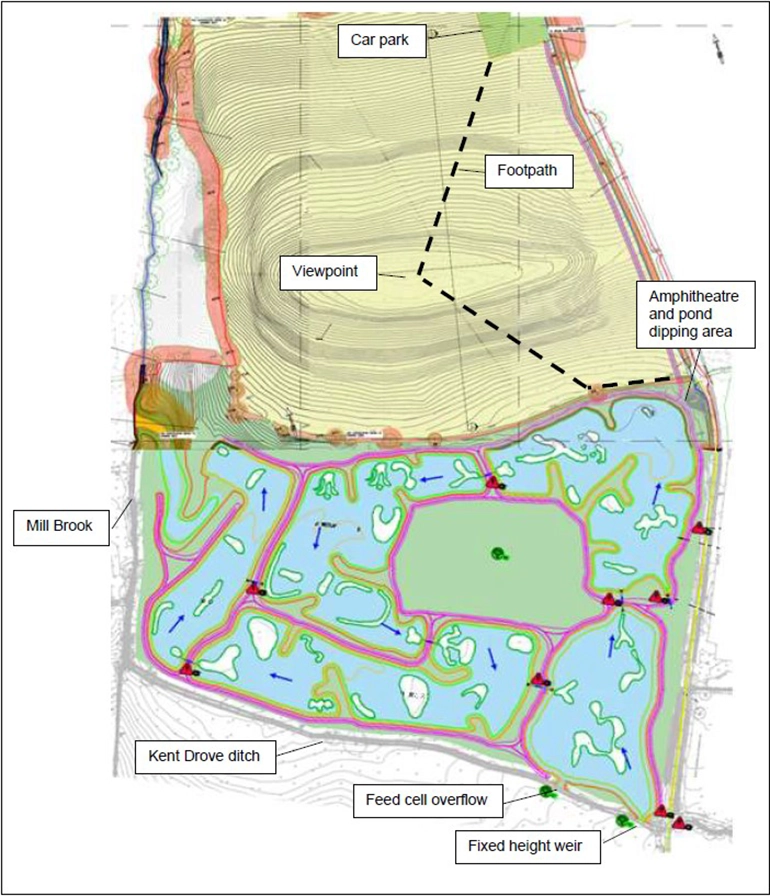
Wessex Water Senior Environmental Scientist, Lorraine Isgar said: “We’re committed to working with partners to explore options for natural treatments to improve the quality of water in our rivers and streams and this exciting project would test their effectiveness.
“This Integrated Constructed Wetland aims to reduce nutrients, in particular phosphorus, before reaching the local watercourse that feeds the Catcott, Eddington and Chilton Moors Site of Special Scientific Interest (SSSI), part of the wider Somerset Levels and Moors, as well as provide additional benefits to wildlife and people.
“Working with stakeholders has been essential for designing a wetland and grassland habitat that can provide not only water quality benefits, but also valuable wildlife habitat and facilities for people to enjoy.”
Hawk and Owl Trust Operations Director, Adrian Blumfield said: “This project will deliver significant benefits to the National Nature Reserve, creating new habitats and supporting the creation of new visitor facilities to allow greater numbers of people to learn about our important conservation work.
“We have been working on this project for several years and it is fantastic that we are moving closer to delivering these significant enhancements.”
Preserving the past
During our surveys of the new wetland site, the remains of a Romano-British villa were found.
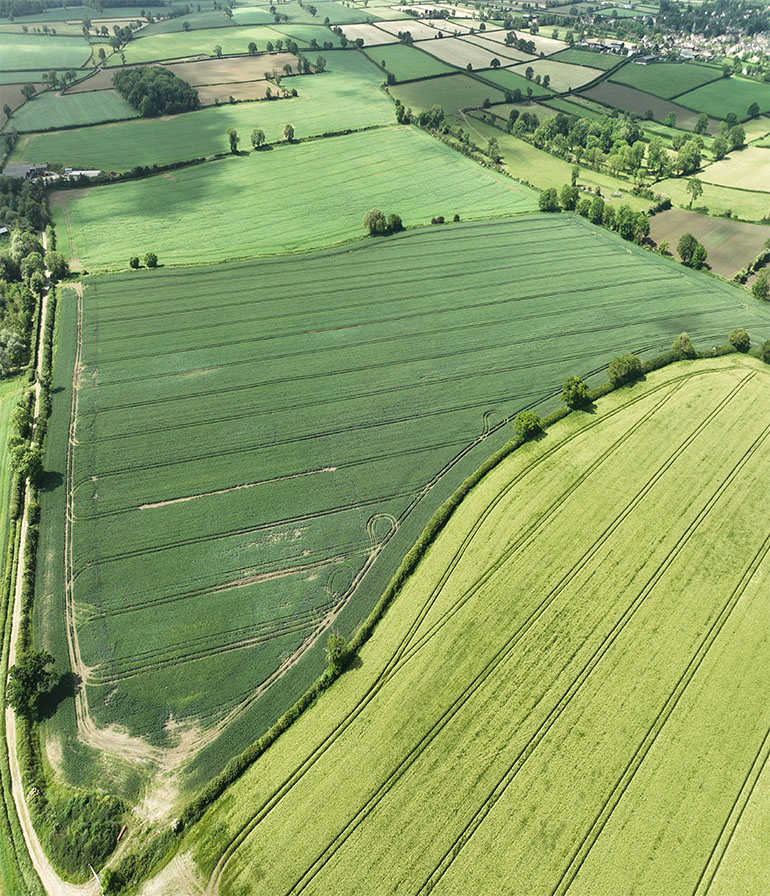
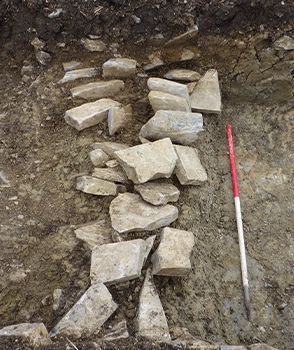
The environmental screening process determined that the site contained significant remains before a geophysical survey identified the presence of a former structure.
Upon excavation, it was determined to be a Romano-British villa from the surviving wall foundations and large amounts of stone rubble. Pottery, flints and other artefacts were also recovered.
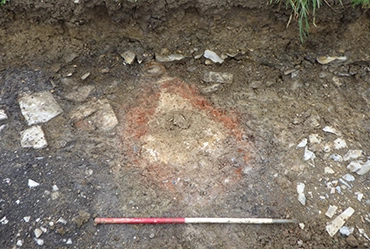
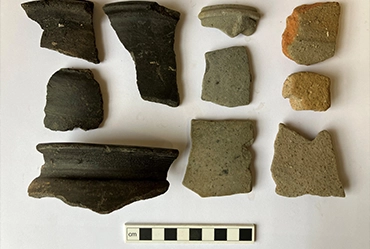
As a result, a portion of the wetland was redesigned to ensure that no excavation work takes place within an exclusion zone set out by the County Archaeologist.
What else have we done?
We have already carried out work to enhance the biodiversity value of the wetlands and surrounding land around Durleigh Reservoir, in Somerset.
The Durleigh Reservoir wetlands were created on areas of two fields previously used for arable farming and have recently seen the creation of ponds and woodland to create a mosaic of habitats and further enhance the biodiversity of the area.
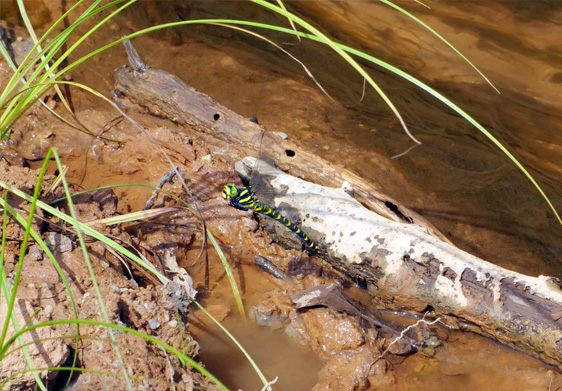
Our future commitment
Where we can, we’re trying to use nature-based solutions to offer natural alternatives to our traditional services, which often require chemicals and use lots of energy.
We've proposed investing more than £1.1 billion to improve water quality via the removal of 1,550 tonnes of nutrients in our waterways as part of our proposals between now and 2030, plans that are currently the subject of review by government bodies.
Read about the work we are carrying out in the area of nature-based solutions, including projects at Durleigh in Somerset, Cromhall in South Gloucestershire and a first of its kind in Dorset, at Lytchett Matravers.
